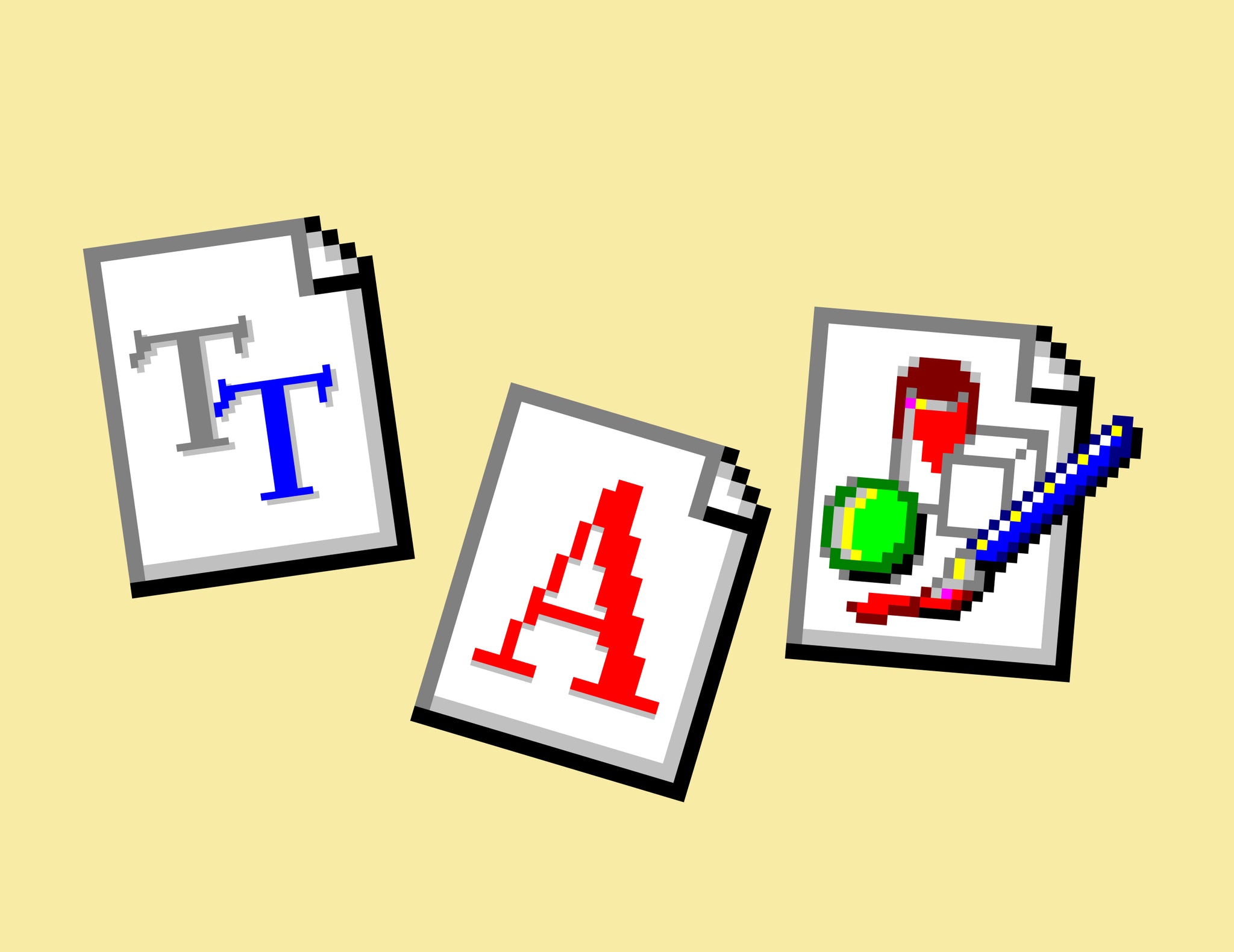Justified text is great, it’s clean, it’s tidy and — despite its apparent rigidity — can lead to some incredibly exciting, out-there design, as well as creating some of the most legible, accessible typesetting possible. Getting it to look good, however, isn’t necessarily as easy as it seems.
Perhaps it looks choppy, maybe it’s all weird and stretched out. Maybe it’s super gappy in some places and oddly tight together in others. Worry not, in this article we’ll highlight how a few small tweaks is all it takes to perfectly justify text in InDesign. Whilst justified text should (mostly) be avoided in the wild world of web, as self-proclaimed lovers of designing books and magazines, learning how to justify text properly is a super useful skill — the editorial design world will thank you for it.
Remember, at the end of the day, design and typesetting is a craft (one we all really love) that can take some time to perfect. So don’t take this as gospel, but just a straightforward grounding for you experiment with. Get out and play!
Nail your justification settings
Click the burger icon of the Paragraph window and select Justification. The settings should pop up. Change the Minimum/Desired/Maximum Word Spacing to 85%/100%/130%, the Letter Spacing to -3%/0%/3% and Glyph Scaling to 97%/100%/103%. Make sure the Preview option is selected to see the effects real-time, and BOSH – a lot of the heavy-lifting is done!
Tip: Make sure to have H+J violations switched on in InDesign’s preferences to see where you might need some work. These yellow highlights might just become your new best typesetting friends.

You can see how in this example, the typesetting is all over the place, going from very widely spaced at the top to tightly spaced at the bottom.
If your H+Js are turned on correctly, this is what you should see. The stronger the yellow, the worse the spacing.
As you can see, after implementing the justification setting, the block of text is far more legible, accessible and aesthetically pleasing. Although, it could do with some tinkering.

Watch out for hyphenations
Using hyphenations wisely can help your text flow properly, however, it’s important to be aware of where you use them. It’s fine to avoid them completely if you wish but there might be times where adding one well placed hyphen at the end of a line can turn a super gappy line into a perfectly spaced one. In general, avoid using more than two hyphens on consecutive lines — this breaks the visual flow of the text. It’s also a good idea to check that where you hyphenate a word and knock it down to the next line actually makes sense. For example, hyphen-ate would be a better breaking of the word than h-yphenate — the latter is just plain confusing for anyone reading that single ‘h’ on a line by itself. Use a hyphenation dictionary or google where certain words should be broken if you need extra help on this one.
It’s also a good general rule-of-thumb, to not have hyphenation on the first line of a paragraph, so look out for that! By removing the hyphenation on the top line and instead breaking ‘out-there’ at its existing hyphenation, we’ve successfully tidied up the paragraph!

Making these hyphenation changes in particular will help a great deal when it comes to setting very long chunks of text.
Knock those little words down
It’s not the worst crime in the world, but it generally looks better when short words like ‘I’ or ‘a’ aren’t found at the end of the line. Click before the letter and soft return it to the line below using Shift+Enter. Be gone ye wee pesky words!
You can see how in this example, we have an ‘a’ on the first line.

By knocking it down to the line below, we have a much tidier beginning to the paragraph.

Avoid orphans at all costs
An orphan is a single word or a short line at the end of a paragraph, left isolated from the rest of the text on the following line, page or column. Left on its own, an orphan can make the paragraph and page look ragged, messy and unbalanced. Sometimes it’s unavoidable, but more often than not a little bit of rejigging will do the trick. Just try to make sure that there are at least two words on the last line, or (at the very least) one really long word. This can be achieved by knocking other words down to join the orphan, or knocking the orphan up a line.
You can see how in this example, ’no?’ is all on its own on the final line, looking lonely and untidy!

(Below) By knocking down ‘justified’ and the ‘to’ above it – resulting in a new hyphenation of ‘typesetting’ on the second line – we’ve cleaned up the short paragraph, and now no words are lonely, and everything looks its best!









